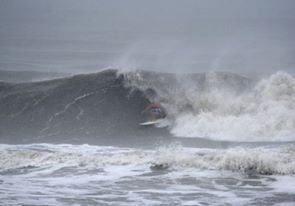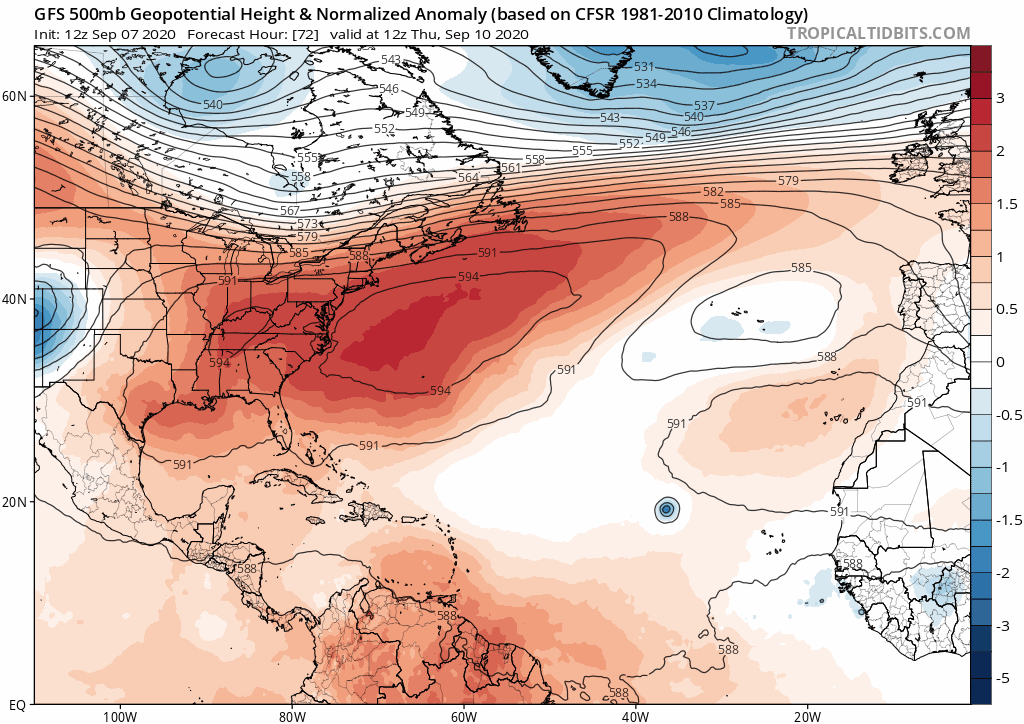USTropics wrote:Here is an example of the GFS bias in over-doing troughs, and this is just a 3-5 day forecast trend (500mb height anomalies):
https://i.ibb.co/jRdZBhm/gfs-z500a-us-fh72-trend.gif
This a known bias in both the current GFS and still the GFS-para (with slight improvements):
https://i.imgur.com/niVQUN9.png
Those cold temps getting all the way to the GOM? Looking less likely now. Here is the GFS 5-7 day trend again:
https://i.ibb.co/r3c7s59/gfs-T2ma-us-fh72-trend-1.gif
5 day forecast on the 12z ECMWF run:
https://i.ibb.co/X2vK6Xy/ecmwf-T850a-us-fh0-120.gif
Here is a view of the 5-7 day forecast trend by the GFS (500mb height anomalies):
https://i.ibb.co/VvDPvdF/gfs-z500a-atl-fh120-trend.gif
Operational models are all over the place. Just for fun, here is the 10-12 day trend of the GFS:
https://i.ibb.co/2FDyFyc/gfs-z500a-atl-fh240-trend.gif
How this all plays out? No idea, and I don't believe anyone can say with much confidence what will happen 5+ days out. As stated last week by some of us on here, model verification scores were going to take a hit due to the amplified pattern change (partly attributed to two consecutive recurving typhoons). I think odds still favor some recurving systems, but it's definitely not set in stone. If these troughs aren't as deep (and we've seen the models are having issues already with this), they could just as easily scoot over the top and amplify ridging. For now we'll have to see what actually forms (and becomes the dominant system if multiple systems form) and how the models continue to adjust to the 500mb pattern. The ensembles provide the best tool for that.
Excellent points.. Thankfully have yet to see single deterministic run of any model get anywhere near the US as of yet.














